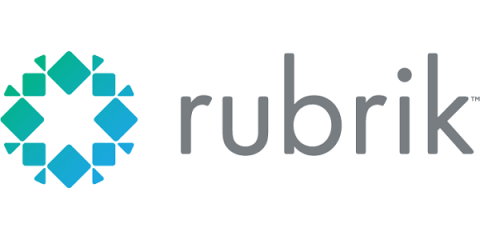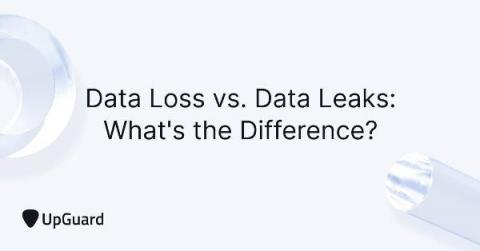Fork is The Way - Let's Make it Hurt Less
The Linux/UNIX process model creates a new process by cloning the currently running one using the fork() system call. Subsequently, exec()—or one of its variants—loads a new program image into the newly cloned child process. There are a variety of issues that stem from using this approach in modern systems. There are also various widely used techniques and APIs aiming to alleviate the issues in different ways with different degrees of success and quirks.










